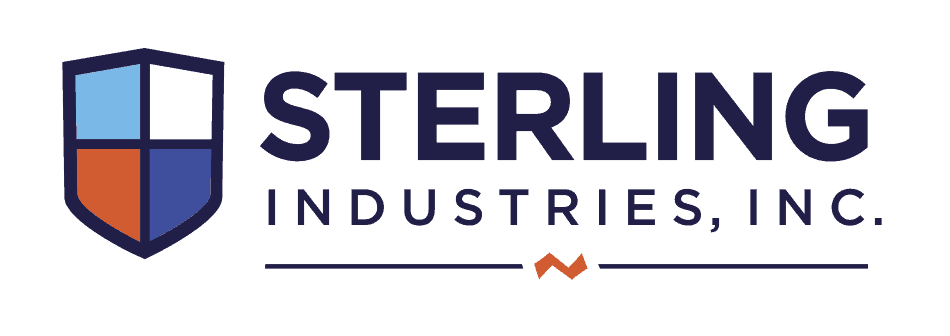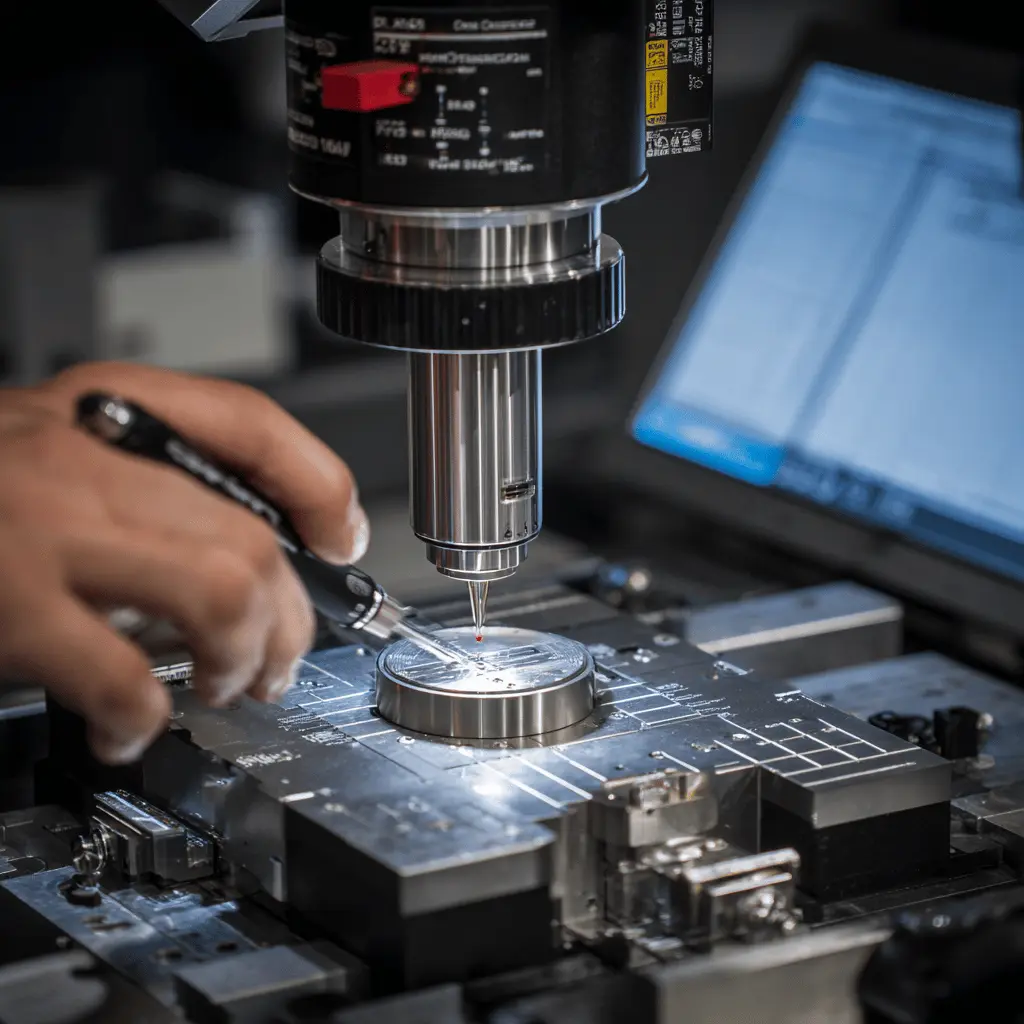When you’re manufacturing or assembling rotating components — from pulleys and flywheels to brake rotors and flex plates — balance is everything.
Even minor imbalance in mass distribution can cause significant vibration, noise, and premature wear. In high-speed systems, this can lead to poor performance, safety risks, and costly downtime.
At Sterling Industries, dynamic balancing is an integrated part of our precision manufacturing workflow — helping our customers reduce vibration, extend component life, and meet the strictest industry standards.
🔧 What Is Dynamic Balancing?
Dynamic balancing is the process of identifying and correcting the mass imbalance of a rotating component. It’s done by rotating the part on a balancing machine and using sensors to detect where weight needs to be removed or added.
Unlike static balancing (which only considers vertical imbalance), dynamic balancing accounts for forces in multiple planes, making it essential for high-performance assemblies.
⚙️ How We Balance at Sterling
We operate two high-capacity balancing stations in-house:
- HVR 150 – For components up to 150 lbs
- HVR 300 – For components up to 300 lbs
These machines are capable of detecting imbalance across multiple correction planes, with high sensitivity and digital reporting capability. This ensures every part is balanced within ISO 1940-1 tolerance standards.
Balancing Methods:
- Material removal (drilling, milling)
- Mass adjustment (insertion or compensation)
- Custom correction based on component geometry
🧩 Why It Matters: Real-World Applications
Our customers in the automotive, powertrain, and industrial sectors rely on balanced components to meet performance, safety, and NVH (noise, vibration, and harshness) standards.
Commonly Balanced Parts at Sterling:
- Crankshaft and flex plate assemblies
- Accessory pulleys and tensioners
- Engine dampers and brake rotors
- Industrial pump rotors and fans
- Large housings with high-speed movement
Even a few grams of imbalance at 5,000+ RPM can result in serious system damage or warranty claims — making balancing not just a quality add-on, but a design requirement.
🧠 Built Into the Process — Not an Afterthought
At Sterling Industries, we don’t outsource balancing — it’s fully integrated into our machining and assembly process.
Benefits of Our In-House Balancing:
- ✅ No production delays from third-party vendors
- ✅ Part-specific fixturing for accurate setup
- ✅ Immediate validation and correction
- ✅ Digital data logging for traceability
- ✅ Seamless transition to final inspection or coating
Because we control the full process, we can also provide engineering support — offering DFM input on correction plane location, weight distribution, and rotational tolerances before your part is even produced.
📈 Case Example: Powertrain Pulley Assembly
A leading Tier 1 customer approached us with a recurring vibration issue on a steel pulley assembly used in a light-duty engine platform. We reviewed the part geometry and corrected the imbalance during final machining using our HVR 150.
The result?
- 83% vibration reduction in assembly testing
- Increased service life of the mating bearings
- Immediate approval for ongoing production
🧪 Balance Data On Demand
Need to meet industry compliance, document quality, or troubleshoot performance?
We offer:
- Digital balance reports
- Correction amount logs
- Plane vector records
- Optional post-process runout inspection
This level of transparency and control helps our customers in aerospace, automotive, and industrial sectors prove compliance and reduce risk.
📞 Ready to Improve Performance?
If your components rotate, they need to be balanced. At Sterling Industries, our built-in dynamic balancing services help you eliminate vibration issues before they reach the field — with precision, consistency, and speed.









